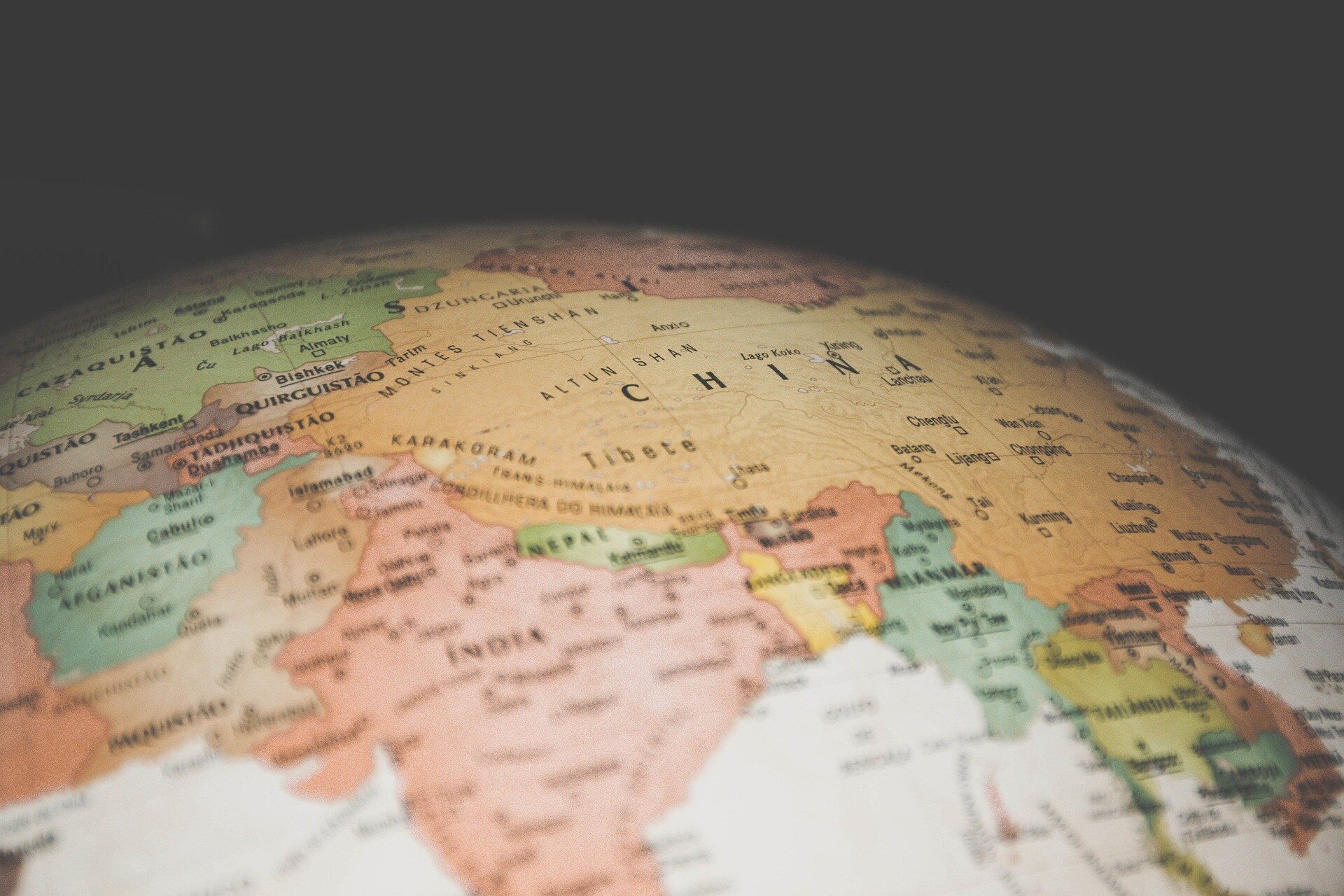
Mapping the reception of latitude and longitude in early modern China
['maps', 'coordinate', 'theory', 'system', 'latitude-longitude']
The mid-eighteenth century marked the conclusion of a significant period of expansion for the Qing empire (1644-1911). The empire controlled nearly twice as much land as before, and updated maps were needed to record and represent new territorial acquisitions.
Mapping the reception of latitude and longitude in early modern China
The Manchu emperors enlisted the mapmaking expertise of the Jesuits, who employed innovative latitude and longitude coordinates to generate atlases. In the article "The Plurality of Reception: Latitude and Longitude in Early Modern China, 1700-1900," published in Isis, Xue Zhang argues that the overall transmission of the latitude-longitude system was inconsistent-and acceptance of the system sporadic-across the different social strata of the Qing empire. While usage of latitude and longitude coordinates was gaining popularity in Europe, nonscale maps remained prevalent in both Europe and China. In contrast, latitude and longitude coordinates rely upon the notion that Earth is a sphere. Emperors' comprehension of different cosmological views and their acceptance of the spherical Earth theory greatly impacted how others using the imperial maps interpreted and reproduced the latitude-longitude information. Debates concerning cosmological theories and how meridians should appear persisted throughout the nineteenth century as access to imperial maps expanded to scholars. Citation: Mapping the reception of latitude and longitude in early modern China retrieved 12 October 2022 from https://phys. org/news/2022-10-reception-latitude-longitude-early-modern.